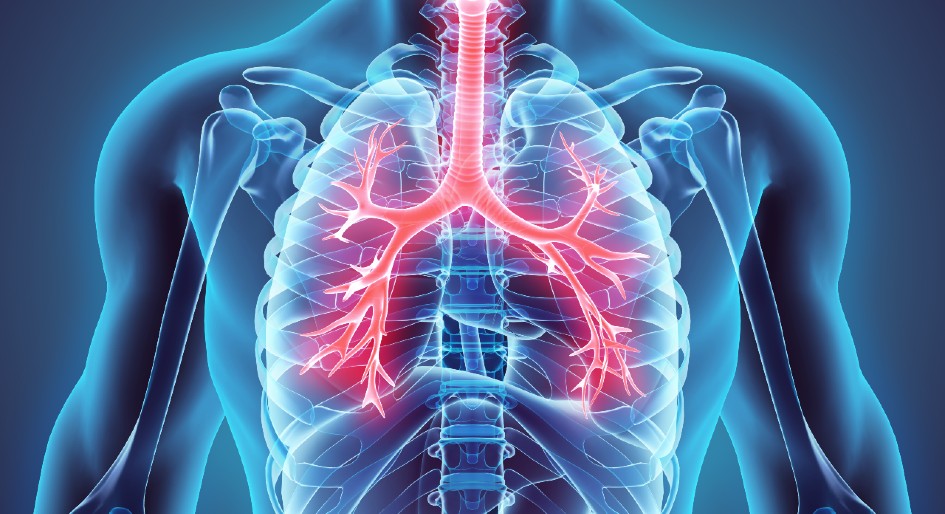Have you been hearing advertisements on the radio, internet, or TV for products that claim to protect you from COVID-19? Maybe they include language like “made with antimicrobials” or “with added protection against the growth of bacteria and viruses” or similar phrases.
In building products, these claims usually mean that the manufacturer has added extra antimicrobials to their product for the purpose of marketing it this way. Such claims are usually very carefully worded to imply protection against COVID-19 or other diseases without explicitly stating this. While this may seem like a great innovation at first glance, it pays to take a closer look. It’s important to understand why antimicrobials are in building products and what they can do to help or harm us.
What are antimicrobials and why are they added to building products?
Antimicrobials are added to building products for one of two reasons:
1. To protect the product itself from degradation or spoilage from mould, mildew, or other molecules that can harm it – for example, preservatives in a can of paint.
2. To go beyond product preservation, often with the goal of marketing a product as “made with antimicrobials.”
The first is a common, legitimate use of antimicrobials and helps extend the product’s useful life. The second use, on the other hand, often goes hand-in-hand with marketing claims that imply that the product protects the user from disease.
Killing microscopic organisms on a surface should not, however, be equated with preventing disease. While federal laws regulate marketing claims about the ability of a product to prevent diseases, including COVID-19, it can be difficult to understand the language used and weigh the benefits of products labeled as antimicrobial.
Little evidence exists that building products containing antimicrobials actually prevent disease transmission and lead to healthier populations. By and large, good scientific studies that would determine whether or not they do reduce human disease transmission have not been conducted.
These types of studies rely on well-established methods like clinical trials to determine whether or not specific interventions – such as antimicrobial surfaces – can reduce the number of people who become infected with a disease. With the exception of a small number of studies on copper surfaces in hospital settings, these studies are virtually nonexistent to date when it comes to added antimicrobials in building products.
Why should we be concerned?
There are three main concerns about the use of added antimicrobial chemicals in building products:
1. They can have adverse health effects. Some antimicrobials used in building products can harm our health. For example, quaternary ammonium compounds can adversely impact the human respiratory system.
2. They can contribute to antimicrobial-resistant strains of bacteria. Antibiotic-resistant strains of bacteria are real and kill tens of thousands of Canadians annually. There is evidence that the overuse of antimicrobials in consumer products and building materials can contribute to this antibiotic resistance.
3. They can create a false sense of security for users. People using products advertised to “keep you safe with antimicrobial technology” may become lax in essential practices such as handwashing, cleaning, and safely disinfecting surfaces that are proven to limit infection and spread of disease.
It is important to understand that infectious disease transmission is complicated, and there are many variables affecting how the viruses and bacteria that cause disease move between and infect people. Clean surfaces play an important role in preventing the spread of disease, but we simply don’t have much information that tells us whether or not using antimicrobial surfaces provides additional protection beyond what good sanitation and hygiene practices already offer. The bottom line is that there is no evidence of public health benefits to adding antimicrobials to building products, but there is evidence of harm that they can cause.
What can be done?
● Follow the lead of organizations like Healthcare Without Harm and prefer building materials that don’t make claims or imply that the antimicrobials are added to protect public health.
● Prefer products with public materials disclosures. Often, specific chemicals that are regulated and/or are known to be harmful get replaced by chemicals that can be equally as harmful or about which little is known. The good news is that there is a rapidly growing transparency movement in the building products world. By preferring products with published Health Product Declarations or Declare labels, you can make informed decisions and reward companies who participate in these initiatives.
● Learn more. To read more about the concerns related to using antimicrobials in building products and to see a list of leading architects, designers, and scientists who support the exercise of caution in their use, check out the Joint Statement on Antimicrobials in Building Products.
Ryan Johnson is a Materials Researcher for Healthy Building Network (HBN). He holds a BS in Chemistry and an MS in Environmental Health Sciences, and has a background in indoor air quality and epidemiological data analysis. He currently works with the HBN team, researching trends in building product formulations and generating guidance for selecting materials that reduce concerns related to human health and the environment.
Since 2000, HBN has defined the leading edge of healthy building practices that increase transparency in the building products industry, reduce human exposures to hazardous chemicals, and create market incentives for healthier innovations in manufacturing. A team of researchers, engineers, scientists, building experts, and educators work to reduce toxic chemical use, minimize hazards, and eliminate exposure, especially to those chemicals of concern that are deemed unnecessary or fail to improve product performance. HBN
promotes the development of affordable green chemistry solutions that support a healthy, successful, circular economy.





